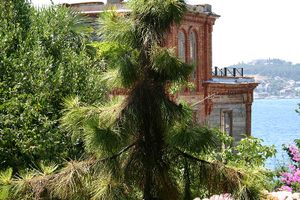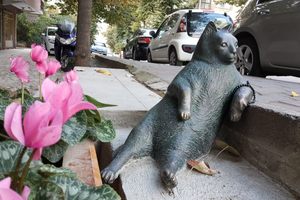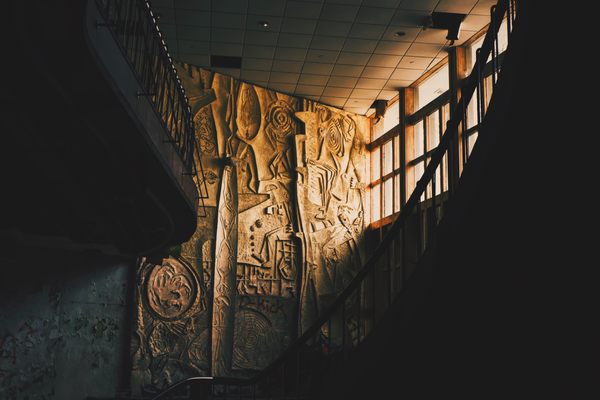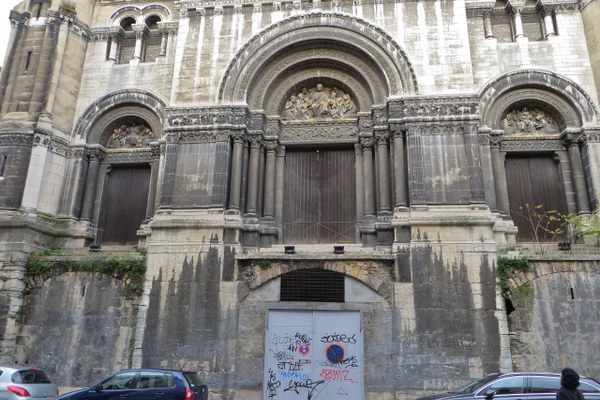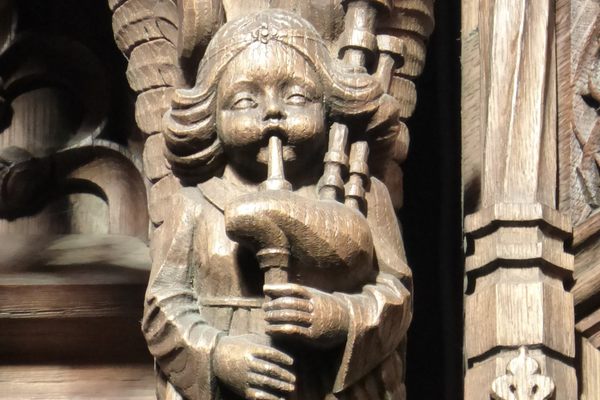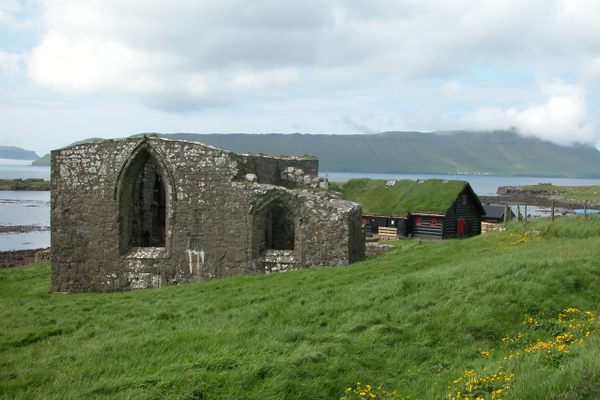About
Thousands of orphans have called the Prinkipo Orphanage home over the years, but the building has now stood abandoned for more than half a century. And with each day that passes, one of the largest wooden buildings in Europe comes closer to the point of collapse.
In 1898, near the tail end of the Ottoman Empire, the French-Ottoman architect Alexander Vallaury began work on what was then known as the Prinkipo Palace. Located on a hilltop on Büyükada, an island in the Sea of Marmara near Istanbul, Turkey, the building was to be a luxury hotel and casino for the Compagnie Internationale des Wagons-Lits, the train company that operated the Orient Express.
Vallaury was an eclectic architect, unafraid of changing up his architectural approach depending on the project. And for the Prinkipo Palace, perhaps inspired by the surrounding pine forests, he went all in with wood.
He built the more than 215,000-square-foot Belle Époque building entirely from timber, and for more than a century, it remained the largest wooden construction in Europe. (Depending on definitions of buildings and structures, there’s still a case to be made for Prinkipo as Europe’s largest wooden building, but the Metropol Parasol in Spain is now considered the largest wooden structure in Europe.)
It was an impressive start, but then the project hit a major snag. Abdul Hamid II, the 34th Sultan of the Ottoman Empire, was a highly religious man with a fondness for massacres and secret police—but blackjack was a definite no-no. He would not allow the casino to open.
So, in 1903, the wife of a wealthy Greek banker bought the building and promptly donated the entire property to the Ecumenical Patriarchate of Constantinople, part of the Eastern Orthodox Church. They, in turn, turned the whole place into an orphanage.
At its peak, the Prinkipo Greek Orthodox Orphanage (also known as the Rum Orphanage) housed as many as 1,000 boys and was home to almost 6,000 Greek children during its lifetime. But after more than 50 years as a functioning orphanage, politics got in the way. Tensions between Turkey and Greece had been rising due to the Cyprus issue, and the orphanage was forced to close in 1964.
And so began a long period of abandonment and decline. The building was badly damaged by a fire in 1980, and then the Turkish state seized the property in 1997. Later, in 2010, the European Court of Human Rights ordered the Turkish authorities to return the Prinkipo Orphanage to the Greek community. It was back in Greek hands, but the rot had, quite literally, set in.
Istanbul’s Greek Orthodox minority was determined to restore the building, but their numbers were too small and their ability to raise funds woefully limited for such a big project. Inside the six-story building sit some 220 rooms, including a ballroom with boxes, balconies, and parquet floors, making for a monumental restoration project by any measure.
It was becoming increasingly apparent that the continued existence of the Prinkipo Orphanage was in doubt. In 2012 it was included in the World Monuments Watch, and in 2018 Europa Nostra, a leading European heritage organization, placed it among 12 nominations for inclusion on the Seven Most Endangered cultural heritage sites list. As things currently stand, there are genuine fears that the Prinkipo Orphanage might not survive another winter of neglect.
Related Tags
Know Before You Go
The Prinkipo Orphanage sits atop a hill on Büyükada, one of the nine Princes' Islands (Kızıl Adalar) off the coast of Istanbul, Turkey. The island is about 90 minutes by ferry from Istanbul. The ferry terminal is at the northern end of Büyükada Island, and the orphanage is about a mile to the south.
Published
May 15, 2019
Sources
- https://www.wmf.org/project/rum-orphanage
- http://www.hurriyetdailynews.com/population-decline-leaves-rums-with-pyrrhic-victory-21555
- http://www.hurriyetdailynews.com/buyukada-greek-orthodox-orphanage-one-of-europes-seven-most-threatened-heritage-sites-128910
- http://www.hurriyetdailynews.com/greek-orthodox-orphanage-europes-largest-wooden-building-awaits-salvation-off-istanbul-132461
- http://7mostendangered.eu/sites/the-prinkipo-greek-orphanage-princes-islands-turkey/
- https://www.foxnews.com/world/ap-photos-istanbuls-historic-orphanage-awaits-salvation
























